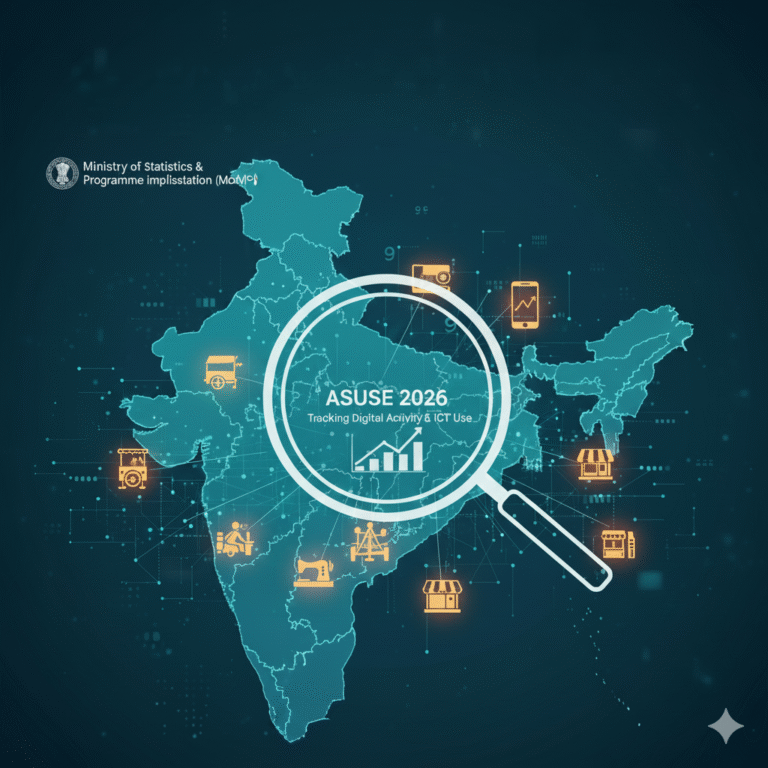The face of journalism is changing. In newsrooms across the globe, artificial intelligence (AI) is playing an increasingly significant role—writing basic stories, curating personalized newsfeeds, generating transcriptions, and even moderating comment sections. With speed, precision, and round-the-clock reliability, AI is enhancing the efficiency of media workflows like never before.
But this shift comes with questions: Can AI uphold the ethical standards journalism is built on? Will it reinforce biases instead of eliminating them? As we move further into an AI-assisted media landscape, these are the challenges we must address.
The Role of AI in Today’s Newsrooms
Automated News Writing and Content Generation
AI can already write short, formulaic news stories with surprising accuracy. Financial updates, sports scores, and weather reports are often generated using algorithms by companies like The Associated Press and Reuters. These AI systems pull data from trusted sources, apply predefined linguistic rules, and publish the content—often faster than any human could.
Natural Language Processing (NLP) for Transcription and Summarization
AI tools using NLP can transcribe interviews and press conferences in real time, summarize lengthy documents, and extract key insights from large datasets. This frees journalists to focus on investigative work and storytelling rather than mundane tasks.
Personalized News Curation
Algorithms are also behind the customized news feeds you see on platforms like Google News and Flipboard. They analyze user behavior to deliver content most relevant to each individual, boosting engagement but also raising concerns about filter bubbles.
Deepfake Detection and Misinformation Tracking
AI tools are being developed to detect deepfakes and false information—essential in today’s battle against fake news. Platforms like Facebook and Twitter use machine learning to flag suspicious content and reduce its spread.
Benefits: Efficiency, Speed, and Scale
Faster News Production
AI enables real-time publishing of news as events unfold, keeping readers constantly informed. In a crisis or election scenario, speed is critical—and AI delivers.
Cost Reduction
Smaller outlets benefit from AI tools that automate repetitive tasks, reducing the need for large teams and lowering operational costs.
Data-Driven Insights
With the ability to analyze large datasets, AI can uncover patterns and trends that might be overlooked by human analysts. This capability is especially valuable in investigative journalism.
Language Translation and Accessibility
AI-powered translation tools make news more accessible globally, while text-to-speech and speech-to-text functions assist differently-abled individuals.
The Risks: Bias, Accuracy, and Accountability
Algorithmic Bias
One of the primary concerns with AI in journalism is bias. Algorithms trained on biased data may perpetuate or even amplify societal prejudices. For instance, an AI that learns from skewed political coverage might produce articles that lean toward a particular viewpoint.
Lack of Transparency
AI decisions are often made in a “black box”—with limited insight into how conclusions are reached. This opacity can undermine trust in both the technology and the media outlets using it.
Threat to Editorial Independence
When AI-generated content is optimized for clicks and shares, it may prioritize sensationalism over substance. Journalistic integrity may be compromised if editorial decisions are guided more by algorithmic predictions than human judgment.
Risk of Misinformation
Though AI can help detect fake news, it can also be used to create it. Text generators and deepfake technologies can be manipulated to produce highly convincing false narratives.
Case Studies: AI in Action
The Washington Post – Heliograf
Heliograf, an AI-powered system developed by The Washington Post, covered the 2016 U.S. elections by producing short articles and social media posts. It saved thousands of hours of reporter time and proved the potential of AI as a newsroom assistant.
BBC – Juicer and Salco
The BBC uses tools like Juicer for aggregating content and Salco for summarizing large volumes of text. These tools support journalists by handling the information deluge during major events.
Reuters – Lynx Insight
Reuters’ Lynx Insight goes beyond automation—it assists journalists by suggesting story ideas, identifying trends, and finding anomalies in data.
Ethical Guidelines: A Framework for Responsible AI Use
Human Oversight and Final Say
AI should assist—not replace—journalists. Human editors must have the final say in all content published, ensuring accuracy and maintaining editorial values.
Transparency in Algorithms
Media organizations must disclose when AI has been used in news production. Transparent reporting fosters reader trust and keeps outlets accountable.
Diversity in Training Data
To mitigate bias, it’s crucial to use inclusive datasets representing a broad spectrum of voices and perspectives. Diversity in development teams also plays a role.
Open Dialogue with Readers
Encouraging feedback on AI-generated content and being open about the role of automation in journalism helps maintain a healthy relationship with readers.
The Future: Collaboration Between Humans and Machines
Augmented Journalism
The most promising future for AI in journalism lies in “augmented journalism,” where machines handle repetitive tasks while humans focus on creativity, empathy, and ethics. This partnership allows journalists to do more of what they do best: tell powerful, human-centered stories.
AI Literacy in Newsrooms
To use AI effectively and ethically, journalists need to understand how it works. Training in data science, algorithmic bias, and tech ethics will be crucial moving forward.
Public Involvement and Trust
Media literacy among the public is equally important. Readers must understand how algorithms shape their news experiences, enabling them to question and interpret content critically.
Conclusion: Balancing Progress with Principles
AI has already begun reshaping the journalism landscape—delivering efficiency, personalization, and new investigative tools. But it also introduces challenges that can’t be ignored: algorithmic bias, ethical ambiguity, and the potential erosion of public trust.
The future of journalism doesn’t lie in replacing humans with machines but in harnessing the best of both. By setting clear ethical guidelines, ensuring transparency, and prioritizing journalistic integrity, the media industry can strike a balance—leveraging the power of AI while keeping human values at its core.
In a world where headlines are written by algorithms and stories are spread in seconds, the truth must still be curated with care. And that responsibility, ultimately, remains human.









+ There are no comments
Add yours